Google is piloting a machine-learning system in the United States that infers whether an account holder is under 18. The company will analyze signals already tied to a Google Account (such as search topics and YouTube viewing categories) to estimate a user’s age. If the system suspects a user is younger than 18, Google will notify them by email and in-product, explaining how their settings will change.

Age-appropriate protections activate automatically
Users tagged as minors will see the following safeguards roll out without any manual steps:
- Break reminders and bedtime alerts on YouTube
- Limits on repeated viewing of potentially distressing content
- Timeline disabled in Google Maps
- Personalized ads turned off and age-sensitive ad categories blocked
- Access to adult-only apps on Google Play was prevented
How the estimation and correction process works
Google’s approach has two parts. First, its age estimation model uses machine learning to weigh account signals (such as search queries and watched video genres) to decide if a user likely falls under 18. Second, if the tool is wrong, the user can appeal. They may upload a government ID photo or a selfie to verify their true age.
Building on earlier YouTube measures
Earlier this week, Google expanded digital well-being and age gating on YouTube specifically. Now this machine-learning age assurance will extend across all Google services tied to an account, offering a more unified safety framework for younger users.
Privacy-first design and wider ecosystem adoption
Google makes it clear that it does not collect new personal information, but reuses the available signals in existing accounts. The endeavour of the company is to have a privacy protection mechanism that will protect the minors without misrepresenting the experience of grown-ups. Instagram and Roblox are among other platforms that have started using similar age estimation through the use of AI, against the increasing demands on the globe to enforce strong online safety regulations on kids.

Appeals and age verification
In case a user suspects a false identification as underage, they are able to adjust their age through the verification flow. Google will freeze the protective setting after a legit ID or selfie verification to ascertain the age of the user.
In this exercise, Google aims to strike a balance between providing its younger users with the right to protection and enabling adults to have unrestricted access to products and capabilities. In the U.S., the success of the pilot will define when and under what conditions the use of age assurance tools becomes more widespread.





